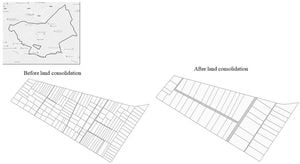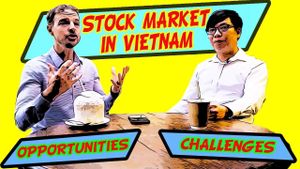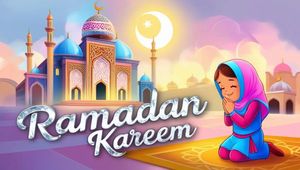The rich and often challenging voyage of language revitalization and cultural exchange is marked by exciting initiatives around the globe, particularly with the recent collaboration between Dien Bien province, Vietnam, and Saint Petersburg, Russia. The People's Committee of Dien Bien province and the administration of Saint Petersburg have agreed to organize a summer exchange camp in the second quarter of this year, engaging students from both regions. This initiative is not just about geographical exchange; it is part of broader efforts to implement the cooperation agreement signed last year, which encompasses trade, scientific, and socio-cultural partnerships.
To prepare for this unique opportunity, 40 students from the Boarding High School for Ethnic Minorities in Dien Bien have been selected for a specialized Russian language course. Supported by the University of Technology and Management, the course spans several months, running from February 24 to May 15, with participants attending 80 sessions focused on conversational Russian, alongside cultural teachings, including Russian dances and songs. Tran Quoc Cuong, the Secretary of the Dien Bien provincial Party Committee, reflected on the hope this provides for the students, emphasizing how learning Russian expands their horizons for academic and international exchanges, saying, "Learning Russian not only helps them understand the country but also opens doors to new opportunities."
Student representation also resonates with enthusiasm. Ca Hoang Viet, one of the participants and a member of the Thai ethnic group, expressed excitement by stating, "Through the program, I hope to gain a richer perspective on Russia — renowned for its historic legacy and unique cultural traditions." The importance of language, culture, and international cooperation takes front stage here, promising mutual benefits for both Vietnamese and Russian students alike.
On another front, language revitalization efforts have been prominently underscored through the celebration of International Mother Language Day (IMLD) by UNESCO. This year marks the 25th anniversary of this global recognition, and the event coincides with significant strides made by the Ka Haka ‘Ula O Ke’elikōlani College of Hawaiian Language. The college is orchestrated around the Hawaiian language's revitalization due to its historical decline. Over the last 40 years, the community has taken remarkable steps; where there were once mere dozens of fluent speakers, today's figures boast over 4,000 students actively learning Hawaiian, thanks to immersion schools established throughout the islands.
With the aim of promoting linguistic richness, UNESCO has collaborated with publishers to release the children's book titled, What Makes Us Human in more than 30 languages. Victor Santos, the book's author, along with illustrator Anna Forlati, encapsulates the intrinsic value of language as the medium of memories and emotional expression. Importantly, the book aims to encourage children to explore their cultural identities and rich heritage, as highlighted by Dr. Kawai'ae'a, who asserted, "This book will be more than just reading material; it will serve as a cornerstone of our educational efforts, ensuring future generations grow up immersed in the beauty and wisdom of our ancestral language."
The launch of the Hawaiian version of the book symbolizes more than local pride; it situates Hawaiian language revitalization efforts within the global movement for Indigenous languages and cultures. This ties back to UNESCO's broader commitment as it embarks on the 2022-2032 International Decade of Indigenous Languages, promoting knowledge sharing and cultural preservation across diverse communities facing language endangerment.
These initiatives exemplify how dialogue and participation can yield substantial surges of pride and identity through language learning. They beckon communities globally, inspiring those grappling to bridge cultural divides through education and empowerment. Lingering insights come from Cuong's final thoughts on the matter as he remarked on the vibrancy gained through interactions, reinforcing the need for such programs as invaluable assets to enhancing cultural ties between Vietnam and Russia.
Each of these language learning and revitalization initiatives, whether focused on Russian, Hawaiian, or any other language, point to the mesmerizing potential language holds, not just as words exchanged but as vessels for inheritance, culture, and community. Today’s young generations are prime candidates for making such exchanges fruitful. The intertwining paths of these cultural journeys provide lessons not only about the languages themselves but also about the communities they represent, preserving legacies for the future.



